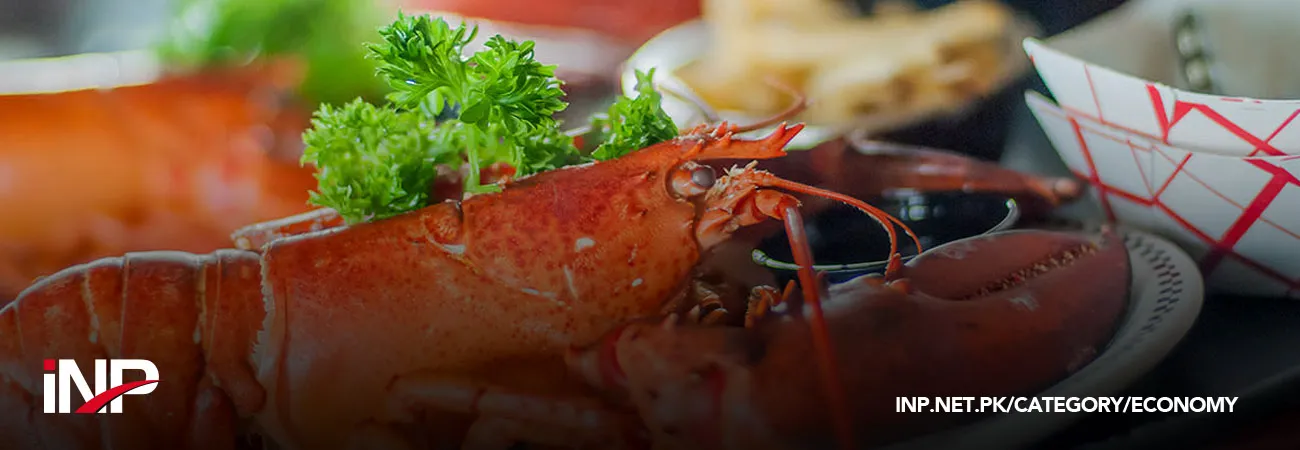i ECONOMY
Pakistan exported about $500 million worth of seafood during the fiscal year 2022-23, a record high during a financial year. However, the country is still far behind its actual potential of $1 billion worth of seafood exports, as suggested by various studies. Pakistan last made the record seafood exports to the tune of $451 million during the fiscal year 2017-18, and this record was broken during the previous fiscal year when the actual export proceeds stood at $496 million. Pakistan still confronts gigantic challenges in seafood exports, especially the one related to the ban imposed by the United States on Pakistani shrimp exports due to non-compliance with Turtle Excluder Device (TED) regulations. This ban by the US Food and Drug Administration (FDA) was imposed in 2017.
This ban has been in place for six consecutive years, hampering the country’s seafood industry. Pakistan’s seafood export sector also faces a similar ban from the European Union, which was enforced in 2007. Though partial bans have been lifted for a few companies, Pakistan still faces significant restrictions. There are over 300 seafood processing establishments under the Pakistan Fish Inspection and Quality Control Act 1997, which are operating in the seafood export sector. Aquaculture is one of the fastest growing sectors in the world. However, in Pakistan, it received attention during recent years, and the government has now established several fish hatcheries and training facilities for fish farmers. Pakistan has the lowest level of aquaculture fish production among the Asian countries.
The quality of its seafood exports is affected by several constraints in the value chain for processing, such as insufficient storage capacity, improper handling of fish catches, inadequate compliance with SPS measures, and lack of modern machinery for processing. According to Fisheries Development Board, the legal framework needs to be established to regulate aquaculture production and import/ export as well as infrastructure development. To promote high value species, hatcheries need to be established under the government domain initially and later technology be transferred to the private sector and then public hatcheries would serve as research and development centres. The Fisheries Development Board said the fish markets should be established as common facility centers under public-private partnership.
Cold chain infrastructure and feed mills need to be established for which the government may provide financial incentives. A regular program of training and capacity building for public and private sector stakeholders is needed to improve the seafood exports. This program should be provided by the Fisheries Development Board, which should also establish training and demonstration centers on a permanent basis. There is a need to establish an aquaculture development fund for providing matching grants and interest free loans to selected projects in the public and private sector with targeted output in the next 30 years. With these interventions, Pakistan can meet the growing demand of seafood products in the coming years, and can achieve the mark of $1 billion worth of seafood exports.
Credit: Independent News Pakistan (INP)









